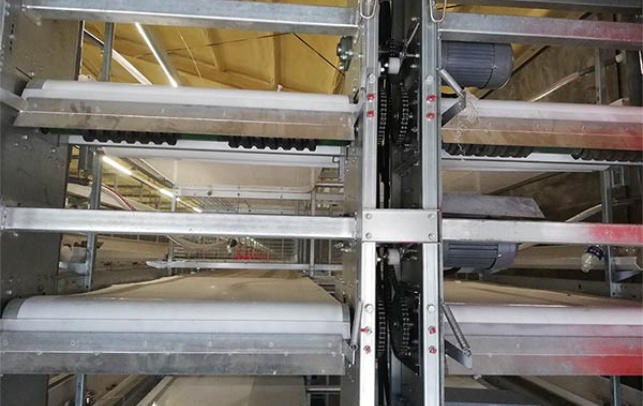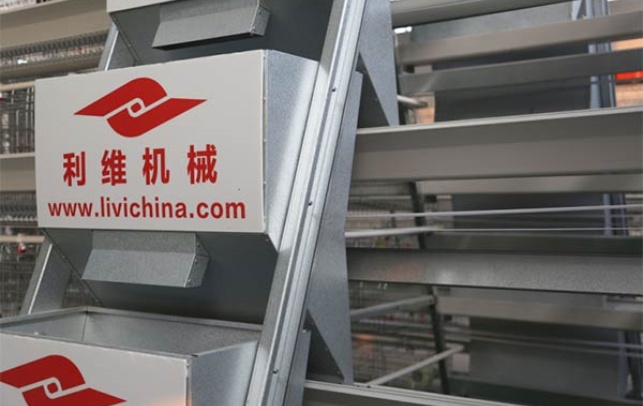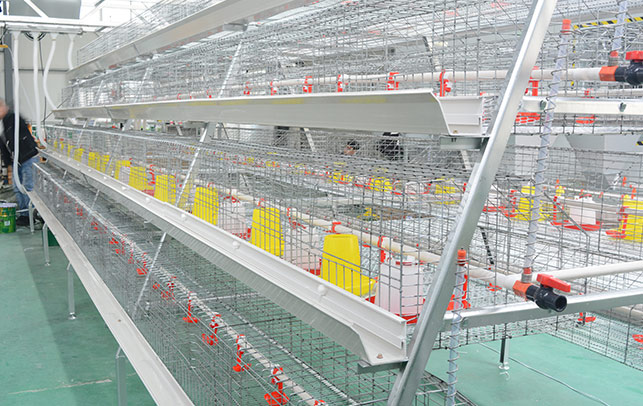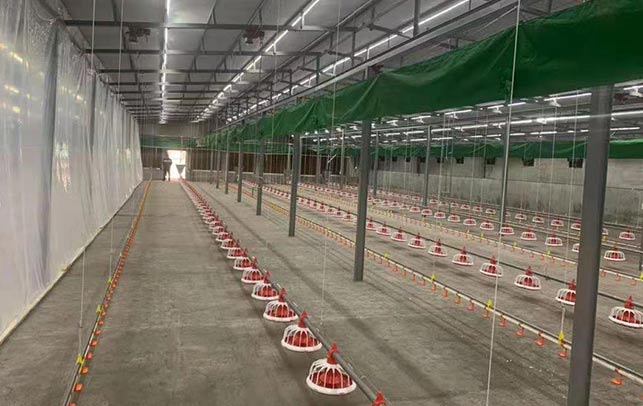Comparison between broiler cage farming and ground farming
Time : 2024-06-18
Broiler farming, a key segment in the poultry industry, is crucial for meeting the global demand for chicken meat. The method of rearing broilers can significantly influence their growth, health, and the overall sustainability of the operation. Two primary methods for raising broilers are cage farming and ground (floor) farming. Each method has distinct characteristics, advantages, and disadvantages. Here’s a comprehensive comparison.
Broiler Cage Farming
Definition:Broilers are raised in cages that are stacked in multiple tiers. This system is often automated to manage feeding, watering, and waste removal.
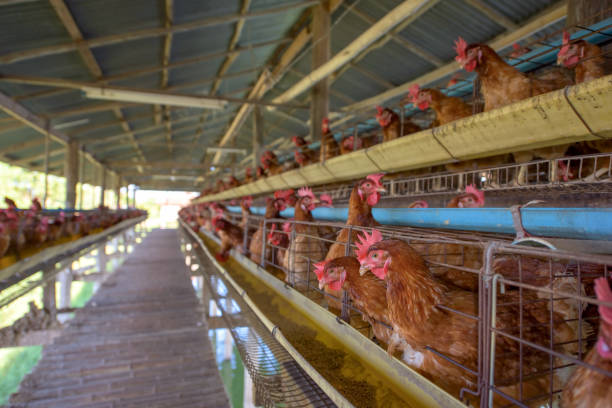
Advantages
Space Efficiency: Cage farming maximizes the use of space, allowing more birds to be raised in a smaller area.
Disease Control: It’s easier to control disease as birds are separated from their waste and the risk of contamination from the ground is reduced.
Easier Management: Automated systems for feeding, watering, and waste collection reduce labor costs and improve efficiency.
Better Record Keeping: Individual cages or groups of cages can be easily monitored for feed conversion rates and growth, aiding in better management.
Disadvantages
Welfare Concerns: The restricted movement in cages has raised concerns regarding animal welfare and stress, potentially affecting growth and immunity.
Initial Investment: The cost of setting up a cage system with automation can be high, making it less accessible for small-scale farmers.
Maintenance Costs: The maintenance of automated systems and cages can add to the operating costs.
Ground (Floor) Farming
Definition:Also known as free-range or deep litter system, this method involves raising broilers on litter material such as wood shavings or straw on the floor of a barn or poultry house.
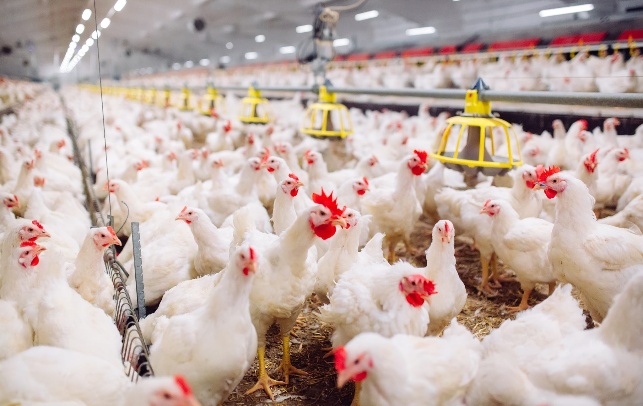
Advantages
Animal Welfare: Birds have more space to roam, exhibit natural behaviors, and access to sunlight (in free-range systems), which can lead to better welfare and potentially better meat quality.
Lower Initial Cost: Requires less initial investment as it doesn’t necessitate expensive cages or automated systems.
Flexibility: Can be easily scaled up or down by adjusting the space available to the birds and is adaptable to various types of buildings or outdoor spaces.
Disadvantages
Disease Risk: Higher risk of disease spread due to birds being in close contact with each other and their waste.
Labor Intensive: Requires more manpower for feeding, monitoring, and cleaning compared to automated cage systems.
Inefficient Use of Space: More space is needed to raise the same number of birds as in cage systems, which might not be feasible for all locations.
Quickly start the broiler farming project, click here to get a quote!
Whatsapp: +8615239546948
Email: [email protected]






